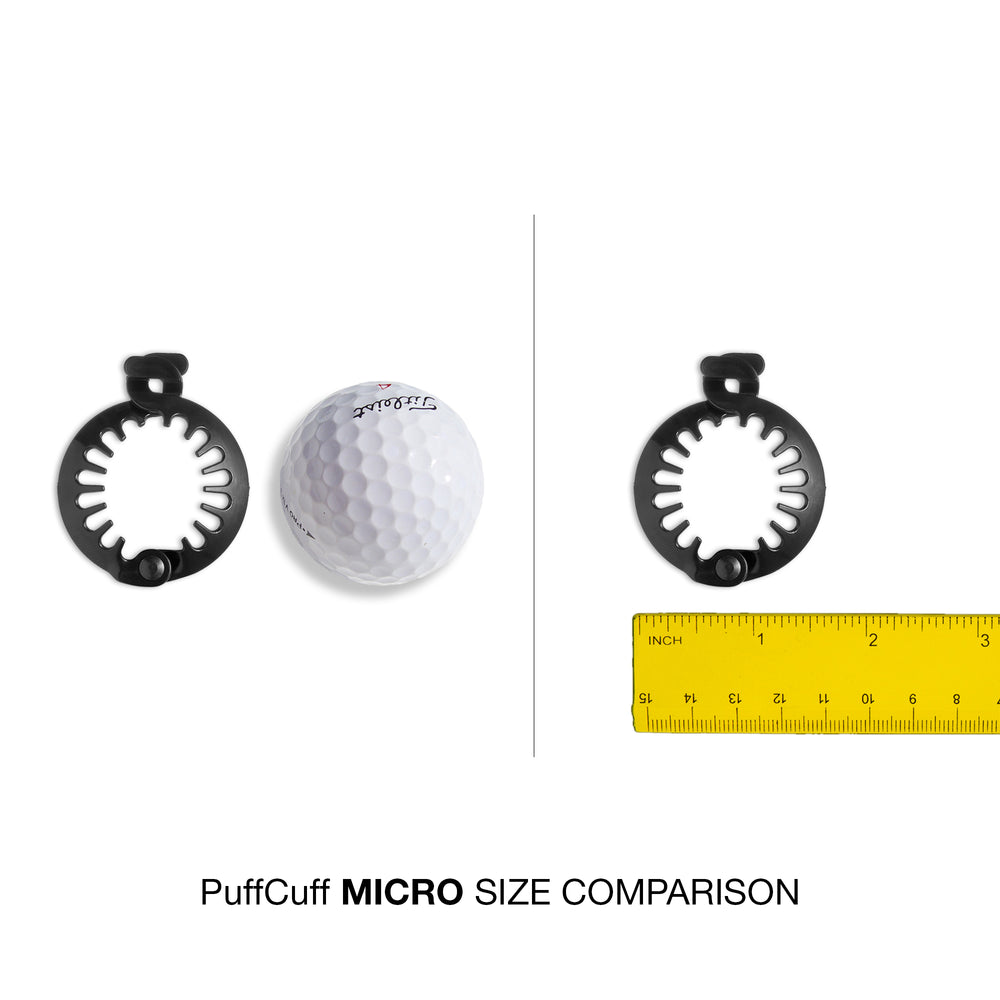What better way to celebrate Black History Month than to highlight the beauty and cultural importance of African-American hair. From locs that hold thousands of years of history and spirituality to intricate braids used in Western Africa as part of a complex language system, Afro hair has a rich history that has endured slavery and appropriation. Join us in celebrating Our Hairitage to highlight the cultural significance of afro styles and the recent shift to end natural hair discrimination.
Cornrows and Braids

Whenever you see cornrows, locs, or Bantu knots, you're looking at thousands of years of history and culture dating as far back as 3500 BC. In the 15th century West Africa, cornrows and braids were part of a complex language system that symbolized status, ethnicity, wealth, and rank. Braided styles served many purposes, worn for everyday conveniences and decorated with elaborate adornments for special occasions.
 Cicely Tyson Oscar-nominated actress, star of "East Side/West Side"
Cicely Tyson Oscar-nominated actress, star of "East Side/West Side"
During slavery, braids were brilliantly used to hide rice or seeds as food on their Middle Passage journey. Braids were even used as a secret messaging system that led enslaved people to freedom. Cornrows were first seen on TV in 1962, worn by actress Cicely Tyson on the VBS series East Side, West Side.
Locs and Bantu Knots
 Bantu knots worn by Madagascan women circa 1898 @africangirllonghair
Bantu knots worn by Madagascan women circa 1898 @africangirllonghair
Locs and Bantu knots have an extensive history, dating as far back as 2500 BC. The Zulu tribe notably wore Bantu knots, stemming from a term used to describe ethnic groups within southern Africa that spoke the Bantu language.
While the origins of locs or who first originated the style are hard to pinpoint, references of this style go as far back as 2500 BC and show that locs have consistently had a solid tie to spirituality. The technique was worn by Egyptian mummies, the Indian deity Shivam, and the Rasta Movement.
THE AFRO
 Angela Davis, American political activist, philosopher, academic, scholar, and author
Angela Davis, American political activist, philosopher, academic, scholar, and author
During the Civil Rights Movement, the afro was reclaimed as a symbol of radical self-acceptance. Curly and afro-textured hair was previously deemed undesirable, often compared to cotton or wool to dehumanize Black people. Products and styles that straightened afro hair gained popularity as Black individuals emulated European beauty standards to fit in and earn respect. During the Civil Rights Movement, many leaders grew out of their hair to defy racist appearance standards that dictated their appearance. The style is now widely mainstream alongside many other natural styles thanks to the ever growing natural hair movement.












Leave a comment